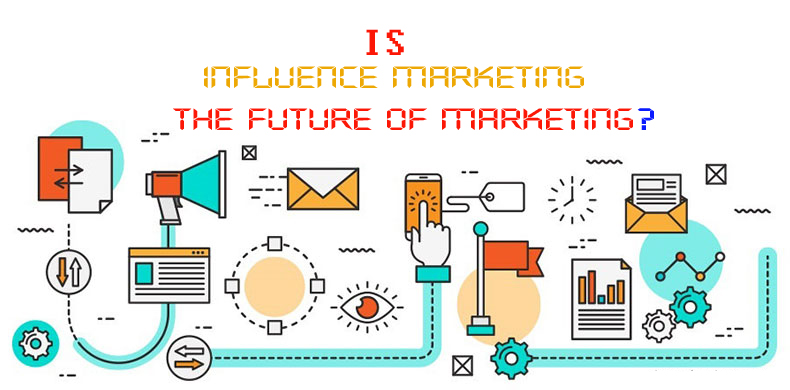Built a smart Influence Marketing Strategy
That brands need to be part of the conversation in social media is axiomatic and obvious. But can brands be part of a conversation in which they are not participating directly? Yes, through influence marketing.
Influence marketing enables brands to cede at least partial control of their message while customers, advocates, online journalists, and others steer the story of the brand and its products and services.
The goal wasn’t (and isn’t) to create content about their products—because content that is only about your products is just a brochure. Instead, the key is to create content that fulfills the brand’s role as a trusted advisor and resource.
Important tools for Influence Marketing Strategy purpose :
Freshness: How recently had the blogger posted content? How frequently did they post?
Traffic: What is the blog’s traffic? How much audience has the influence aggregated?
Social footprint: What are the opportunities to work with the influence in social? Are they active on Twitter? Facebook? Instagram? P interest?
Fit: Does their content make sense for our client’s audience and their overall brand vision? (We got at this by doing keyword queries in Group High,
which shows if the blog has covered the topic, if the keyword was in the headline of the blog post or just the body, and how recently the keyword appeared on the blog.)
Once we identified potential influences and vetted them with our client, we worked with the influences directly to brainstorm and create content that all parties felt showcased the unique points of view and expertise of the influences. In 2017-18,
Focusing Areas :
Influence Log: Record every influence who is part of the campaign, the dates they are expected to contribute, and every social channel or website/blog link associated with them for tracking purposes.
Content Log: The nagging feeling that some tweet or blog post will go uncounted is avoided with a tracking system in place, be it manually recorded in an workbook or auto-saved in the firehose of data Group High collects.
Keywords: Most experiential campaigns or events have unique dedicated hashtags, but also be aware of other, spin-off hashtags that originate from the experience, as well as keywords for places or products used in the campaign.
.Equivalent Media Values: Marketers are challenged to show ROI on all campaigns. Many agencies are asked to value blog posts and Instagram photos in the context of traditional media placements. Personally, I’m not a fan of equivalency reporting because it measures two things that are quite dissimilar, but I understand why brands and agencies gravitate toward it, so we created an equivalency valuation formula for this project.






0 Comments